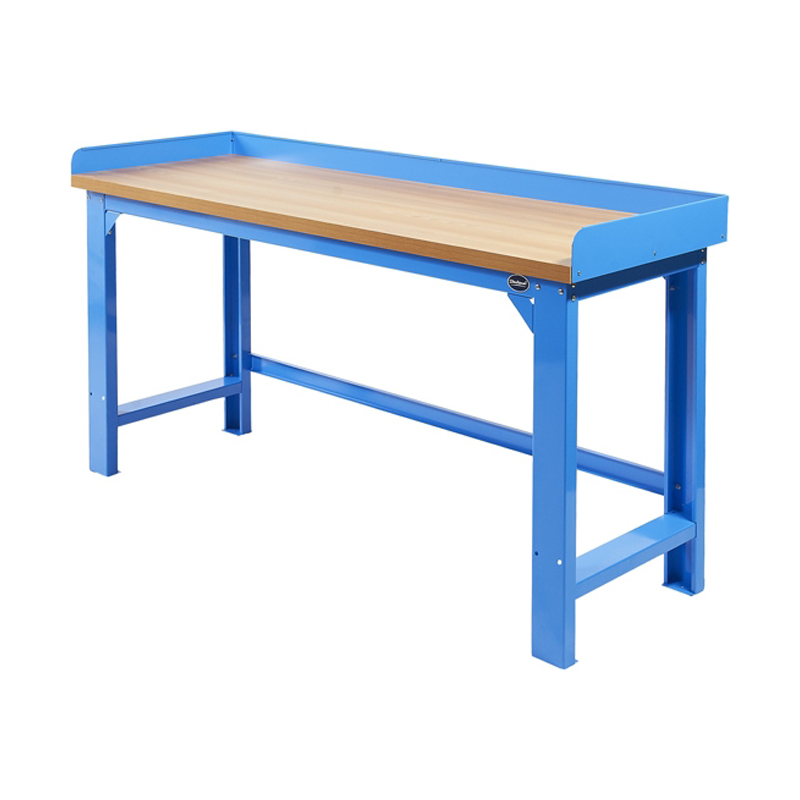Vibration damping in an
industrial use workbench is a crucial feature that helps reduce power tool vibration and improves user comfort. Here's a detailed explanation of how this process works:
Purpose of Vibration Damping:The primary goal of vibration damping in an industrial workbench is to minimize or absorb the vibrations generated by power tools during operation.
Power tools, especially those with high-powered motors, can produce significant vibrations that, when transmitted to the workbench, may cause discomfort and fatigue for the user.
Material Selection:Vibration damping is achieved through the use of materials that have inherent damping properties.
Common materials used for vibration damping in industrial workbenches include rubber, foam, or other elastomeric materials known for their ability to absorb and dissipate vibrations.
Isolation and Decoupling:Vibration damping systems often involve isolating or decoupling the power tool from the workbench structure.
Isolation prevents the direct transfer of vibrations from the tool to the work surface, reducing the impact on the user.
Installation of Damping Pads or Mounts:Damping pads or mounts made of vibration-absorbing materials are strategically placed between the power tool and the workbench.
These pads act as shock absorbers, absorbing vibrations generated by the tool before they reach the workbench.
Anti-Vibration Table Design:Some industrial workbenches are specifically designed with anti-vibration features.
This design may include additional supports, damping elements, or structures that help dissipate vibrations and prevent them from affecting the entire workbench.
Enhanced User Comfort:By effectively damping vibrations, the workbench contributes to enhanced user comfort.
Users experience less vibration transmitted through their hands and arms, reducing the risk of hand-arm vibration syndrome (HAVS) and minimizing discomfort during prolonged tool use.
Reduced Fatigue and Strain:Vibration damping helps reduce the overall fatigue and physical strain on the user's body.
Prolonged exposure to power tool vibrations can make to discomfort, muscle fatigue, and potential long-term health issues, and effective damping minimizes these risks.
Improved Precision and Control:The reduction of vibrations in the workbench improves the precision and control that users have over their power tools.
This is particularly crucial for tasks that require precision, accuracy, and fine motor skills.
Increased Tool Efficiency:Damping vibrations can contribute to increased tool efficiency and performance.
With less energy being dissipated as vibrations, more of the power generated by the tool is directed toward the intended task.
Safety Enhancement:Vibration damping not only improves user comfort but also enhances overall safety in the workplace.
Reduced vibrations mean less strain on the user's body, minimizing the risk of accidents and injuries related to fatigue.
By effectively minimizing power tool vibrations, this feature significantly improves user comfort, reduces fatigue, enhances safety, and contributes to a more efficient and controlled work environment.









